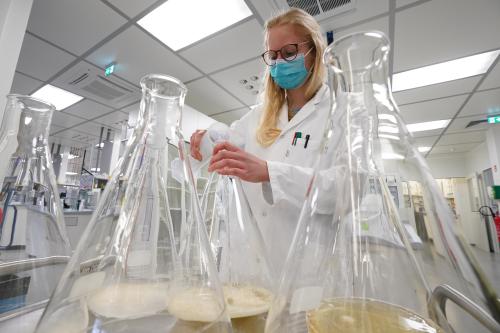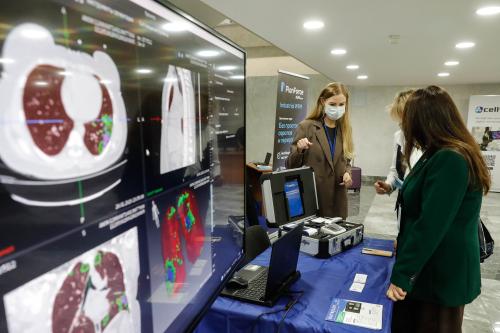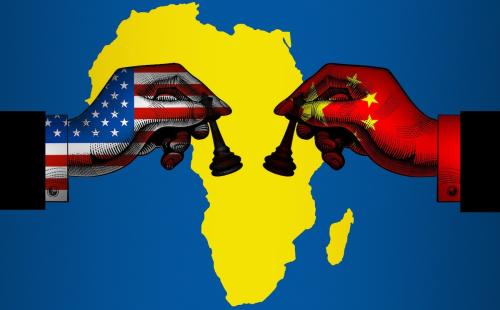Is 2022 the year that the COVID-19 pandemic will finally be over?
As the omicron variant becomes the dominant strain globally, the end of the pandemic seems distant yet again. This is despite having vaccines that were originally efficient in preventing infections and transmissions of COVID-19, and prevented hospitalizations and deaths (which they do quite well also for omicron).
It was obvious from the beginning that without a global strategy in place, it was going to be impossible to beat a global pandemic. Yet, rich nations did what they could to gather enough vaccines for their own population, often keeping them on the shelves, waiting patiently for the voluntarily unvaccinated people to change their minds.
The year 2022 could be the one that we put this pandemic behind us. This is only possible if there is the will to cooperate.
Some estimates suggest that, in the U.S. alone, there could be a vaccine surplus of over 1 billion doses by the end of 2021. With this surplus—and additional vaccine production for 2022—it would be quite feasible to achieve the goal set by the World Health Organization of vaccinating at least 40 percent of the population in every country (as shown by the calculations by covid19gap.org). As of now (January of 2022), however, only about 5 percent of people in low-income countries have been fully vaccinated, compared to 70 percent (more than a tenfold difference) in high-income countries.
If vaccines were properly and effectively distributed across the world, would we have seen all these newer variants emerging? Perhaps not. The infamous delta variant emerged in India around November of 2020 before the vaccines were even approved. The lambda and mu variants emerged in South America also in late 2020 and early 2021 when vaccines were only reaching rich countries. The omicron variant emerged mostly in South Africa in late 2021, where the vaccination rate was lagging, with only about 25 percent of the population vaccinated at the time.
But as countries provide third, and eventually fourth, shots as boosters, the idea of rich countries stepping up and sending more vaccines to low-income nations is even more remote. And as current vaccines lose their effectiveness as newer strains emerge, so does the effort to stop the spread of the coronavirus. It is hard not to think that we have lost the opportunity to effectively end the pandemic.
But perhaps the rise of omicron is the light at the end of the tunnel. Despite being highly infectious, some recent studies show that this variant is considerably less lethal than previous strains. It is not uncommon for some viruses to mutate to become more infectious and less lethal as a way to survive; the more lethal a virus becomes, the less likely it will be to reproduce and survive. If this is indeed the case, we might be able plan our lives alongside the virus, especially since new medicines are available to treat it. This is good news. However, global coordination is required to distribute those medicines alongside vaccines, which are still highly effective in preventing hospitalization and death.
Hopefully, omicron has taught our leaders the most important lesson to date: It is imperative that the world gets serious about a global strategy to vaccinate the global population. We might not be able to avoid new coronavirus variants, but we can still prevent future diseases and unnecessary deaths.
The year 2022 could be the one that we put this pandemic behind us. This is only possible if there is the will to cooperate. Better late than never.
The Brookings Institution is committed to quality, independence, and impact.
We are supported by a diverse array of funders. In line with our values and policies, each Brookings publication represents the sole views of its author(s).







Commentary
Is the world now paying the price of not doing enough to help developing world COVID-19 vaccination efforts?
January 7, 2022